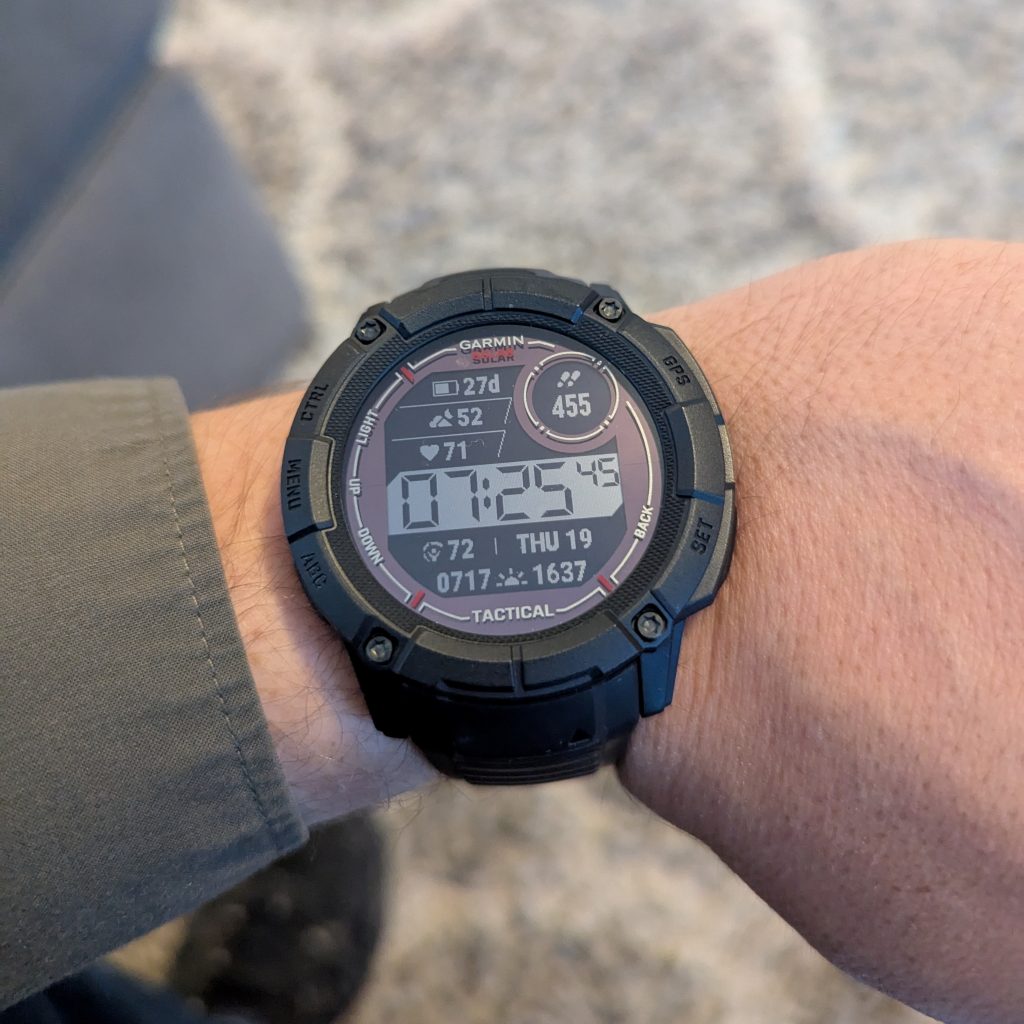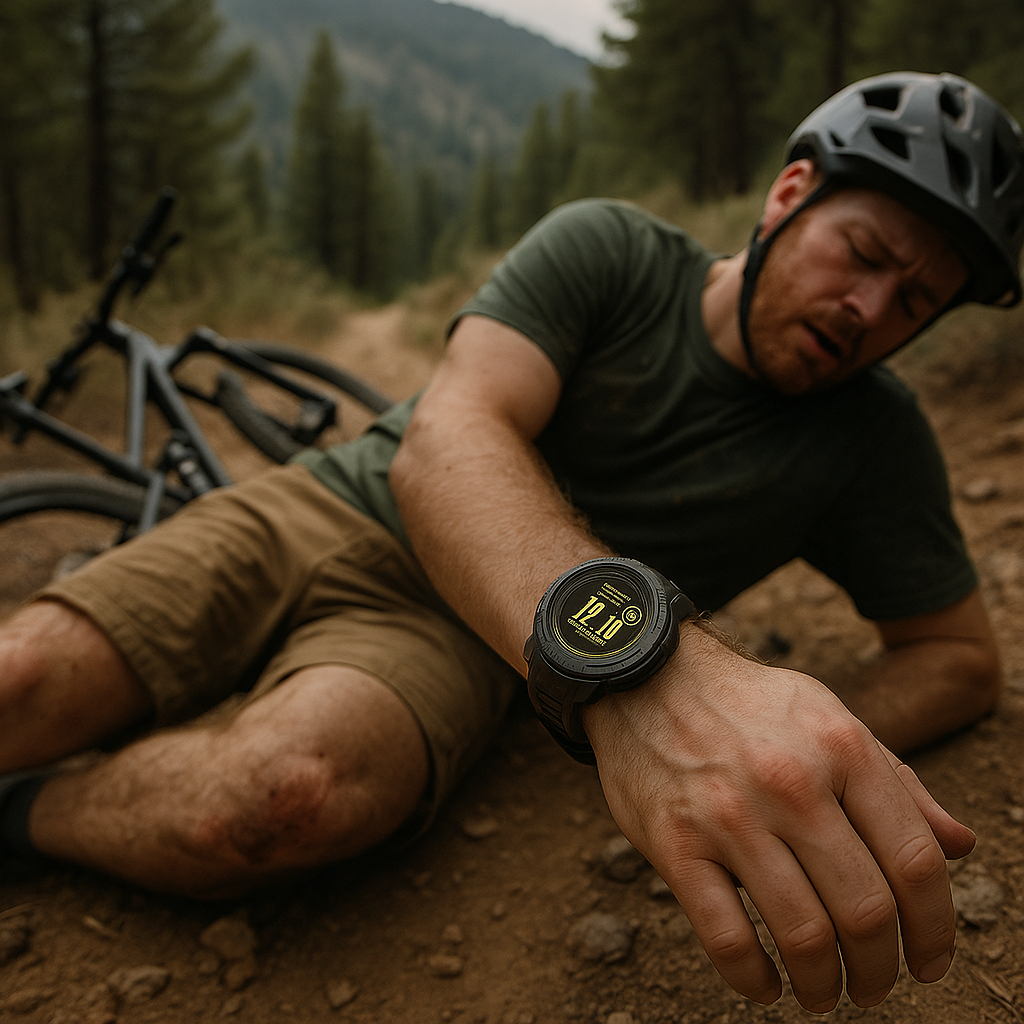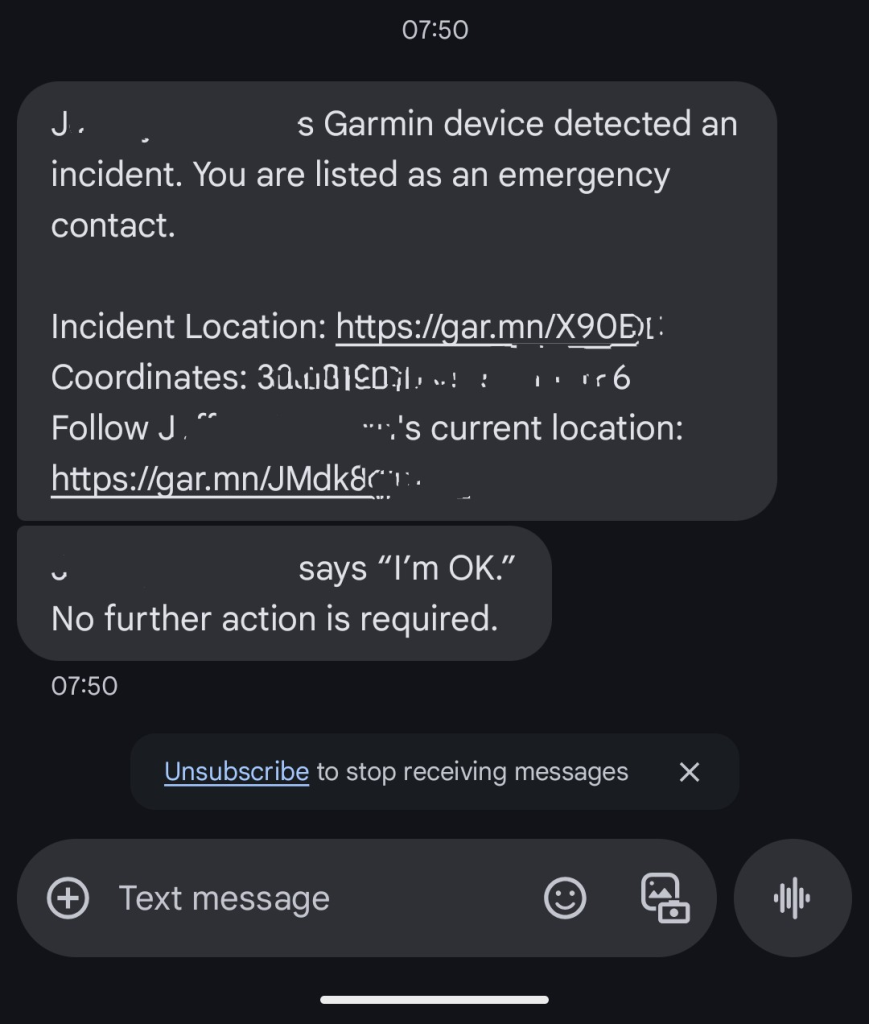When Garmin Incident Detection Actually Matters
This week, I got a real-world look at a feature I’ve always wondered about: Garmin’s Incident Detection. My brother and I both wear the Garmin Instinct 2X Solar Tactical, a rugged GPS smartwatch packed with features for outdoor enthusiasts. One of those features is the ability to detect a crash or fall and automatically alert your emergency contacts with your location.

It’s the kind of thing you hope you never need. But when you do? You’ll be glad you set it up correctly.
What Is Incident Detection?
Garmin’s Incident Detection is available during tracked activities like biking, running, or hiking. It monitors for sudden deceleration or impact and, if it senses a problem, it sends a text message alert to your pre-configured emergency contacts.
That message includes:
-
Your GPS coordinates
-
A Google Maps link to your location
-
A LiveTrack link (which allows real-time location tracking)
You can also manually trigger the alert by holding the CTRL button for 10 seconds—something worth knowing if you’re conscious but hurt or in danger.
But here’s the kicker: you must enable this feature ahead of time and have your emergency contacts already set up. If you haven’t done that, the watch won’t help when it matters most.
What Happened to My Brother
Two days ago, my brother was mountain biking alone near his home when he crashed. Hard enough that his watch triggered an incident alert. Within seconds, I received the emergency text, along with his wife and another family member. BTW, my brother is fine. A few bruises, but nothing concerning.

Here’s what I learned from the experience:
1. Add More Emergency Contacts—Especially Local Ones
Garmin doesn’t limit how many emergency contacts you can list. My brother had three, but none of us were nearby and able to respond physically. In hindsight, adding a couple of local friends or neighbors could have made a big difference if he’d needed help. It’s a simple step that adds resilience to the system.
2. Don’t Cancel the Alert Too Quickly
After the crash, my brother saw the watch had triggered an alert and quickly pressed the “I’m OK” button. This cancels the LiveTrack link and sends a follow-up message to let contacts know everything’s fine.
Except… he might not have been fine. Adrenaline can mask injuries. Fortunately, he really was OK, but it made me realize: wait a few minutes before canceling the alert. Take inventory. Let your emergency contacts try calling you. If they’re worried enough to send help, you’ll still have time to explain before anyone dispatches emergency services.
3. Turn on Tracking—Even for Casual Walks
Incident Detection only works during a tracked activity. That means if you’re just walking the dog or hiking alone and forget to start tracking, the feature won’t be active.
After this experience, I’m turning on activity tracking anytime I’m out alone—even for something “low risk.” A twisted ankle or fall can happen anywhere.
Screenshot of the Emergency Text

Best Practices for Garmin Incident Detection
-
Enable Incident Detection for all activity types you use.
-
Double-check that your emergency contacts are up-to-date and aware of how the system works.
-
Use LiveTrack even when not in a formal “activity” if you’re heading into remote areas.
-
If you’re injured, don’t assume you’re fine right away.
-
Practice using manual emergency alerts, so you’re comfortable triggering them if needed.
Click here for official information about Garmin Incident Detection and instructions to set it up.
